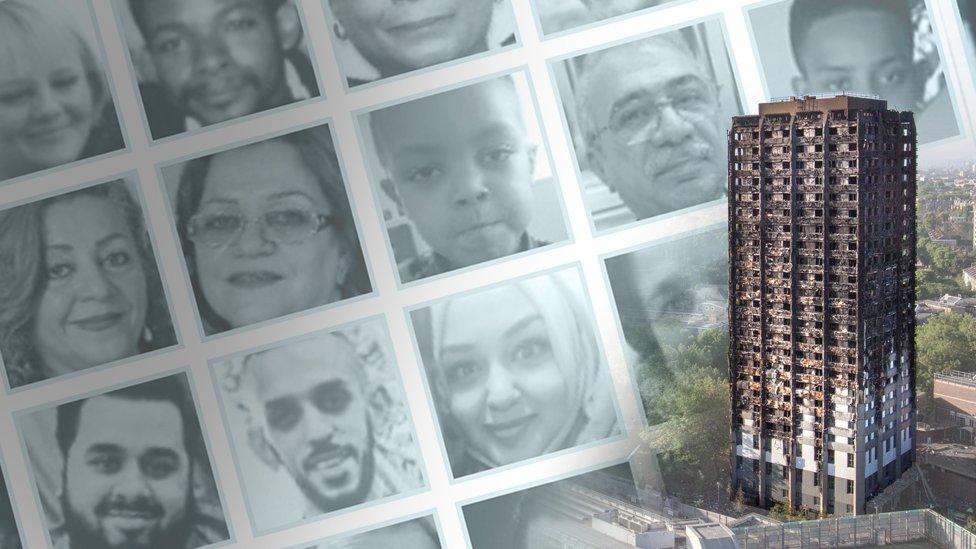'They're demolishing homes and building penthouses'
- Published
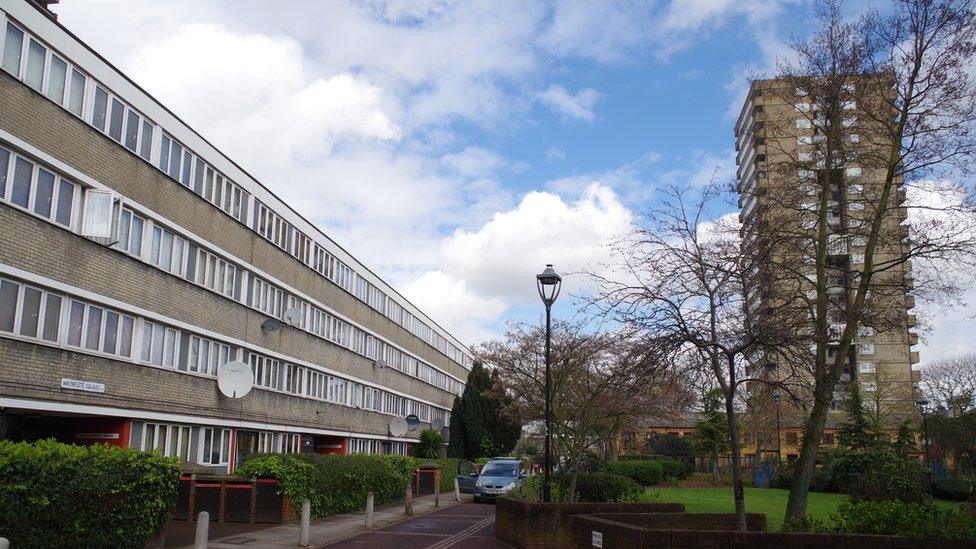
The causes of the Grenfell Tower fire will be investigated by a public inquiry, but many residents blame the attitude of the council and its redevelopment of their estates. Across London, campaigners are clashing with local authorities and developers as they seek to protect their homes.
"What regeneration means in London is knocking down houses and building penthouses," says Ali Kouchakpour, 30. "The deeper meaning to me is mass demolition. People losing their homes or being forced out."
Ali has lived on the Silchester Estate, in North Kensington, across the road from Grenfell Tower, all of his life.
The cladding on the tower, which is thought by experts to have spread the fire, was part of a much wider - and controversial - scheme.

Under regeneration plans, Ali's house would be knocked down.
Under Kensington and Chelsea council's plans - put on hold after the fire - Ali's home, along with three tower blocks and the lush communal garden in the middle of the estate, would have been demolished.
The most radical version of the long-standing redevelopment scheme envisaged an extra 800 homes being built.
But while the council pledged to maintain the amount of floor space given to social housing, residents say none of the additional properties would be for social rent.
And some worry they will be pushed out, or "decanted" in council speak, to make way for wealthier private owners - never to return.
'State-led gentrification'
It is a picture replicated on developments across the capital.
According to a recent study by the London Assembly,, external regeneration projects given planning permission between 2004 and 2014 saw a huge reduction in the number of social rented homes - from 30,431 to 22,135.
At the same time, there has been a tenfold increase in the amount of private housing.
"This is state-led gentrification," says Dr Paul Watt, from Birkbeck, University of London. "And the primary results are a net reduction in social housing and a large increase in private housing for sale or rent at inflated prices."
Dr Watt, who has studied the changing landscape of council estates for more than 20 years, blames political decisions going back 35 years, by both Labour and the Conservatives in central and local government.
"The dominant view is, 'These estates are failed estates, they're eyesores, they're crime-ridden, we need to get rid of them and recreate London's Victorian streetscapes by knocking them down,'" he says.
Though developers can make "huge profits", Dr Watts says, the new housing can be smaller and less substantial than the homes being knocked down.
'Same cabal'
Kensington and Chelsea council's new leader, Elizabeth Campbell, has promised the council will "increase the amount of socially rented housing in this area".
But critics of the local authority's housing policy say it could be doing far more. It has £270m in reserves sitting in its own bank account and last year added just 60 low-cost social rent homes to its stock.
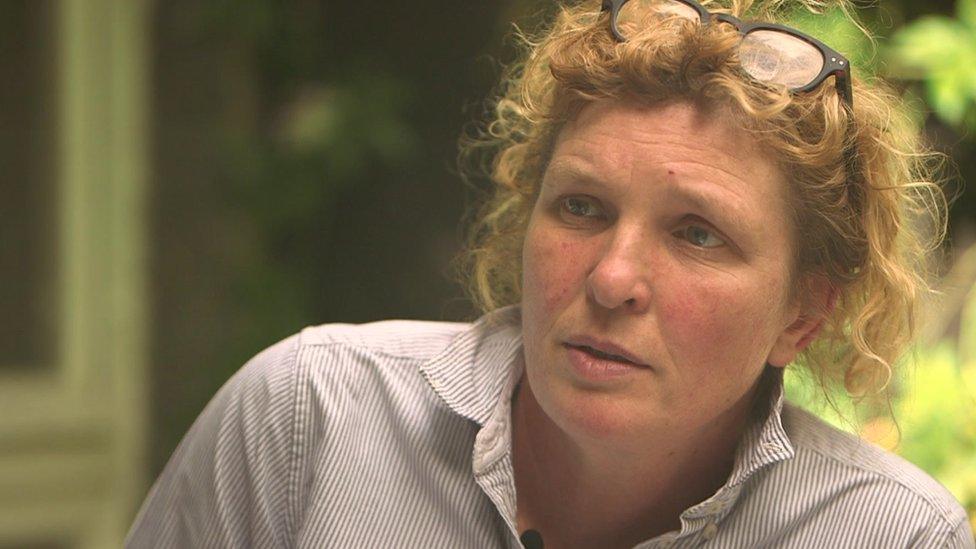
Tanya Thompson has been part of the Save our Silchester campaign
The council is currently redeveloping two old car parks in the centre of the borough. But of the 84 new flats being built on the land it owns, just seven will be available to council tenants.
And residents need persuading that the new leadership will mean a new approach.
On Wednesday, many people who attended the fractious first full council meeting after the fire called for the Conservative group that runs the council to resign and for new elections.
Tanya Thompson bought one of the council properties at the foot of Grenfell Tower over a decade ago. "It's the same cabal," she says of the council. "It's the same people."
Her husband, Piers, delivered a 2,000-strong petition to the council meeting demanding a residents' veto over the plans to raze the Silchester Estate.
'It's like Monaco'
But in a city with an acute shortage of social housing and in a borough with almost 3,000 people on the housing waiting list, what should the council do?
Conservative politician Shaun Bailey, who grew up on the west London estates near Grenfell Tower, says there are no easy answers.
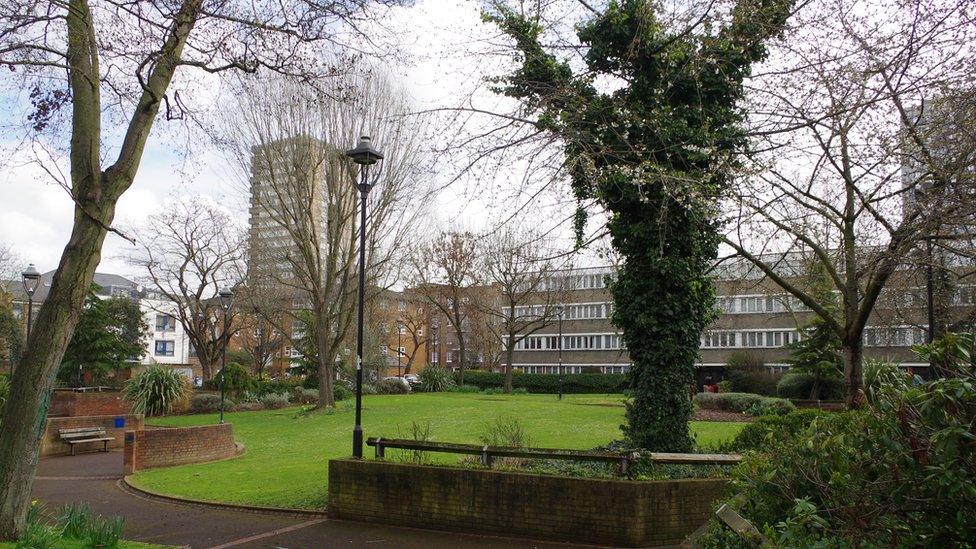
Residents say they value the green space at the centre of their estate
"It is going to be tough to help everybody in central London. There are 8.6 million people, set to grow to 20 million by 2030. Where are we going to put these people?" he says.
Child poverty rates in parts of the borough are above the London average, but land values are "like being in Monaco", according to Mr Bailey.
"The council are not being mean," he says. "There is simply nowhere to build."
In a borough where the average house price is more than £2m, the council says it is committed to "finding more social housing stock and, where we can, building it together with private and government support".
Where this commitment to regeneration leaves social housing tenants and the mixed communities who've made their homes on London's council estates is a different question.
"Whether it's by conscious design or not is difficult to gauge," says Dr Watt. "But the net effect will be you'll get fewer poor people in the area. I suspect in some cases it is by design."
Watch the Victoria Derbyshire programme on weekdays between 09:00 and 11:00 on BBC Two and the BBC News channel.
- Published15 June 2017

- Published18 May 2018
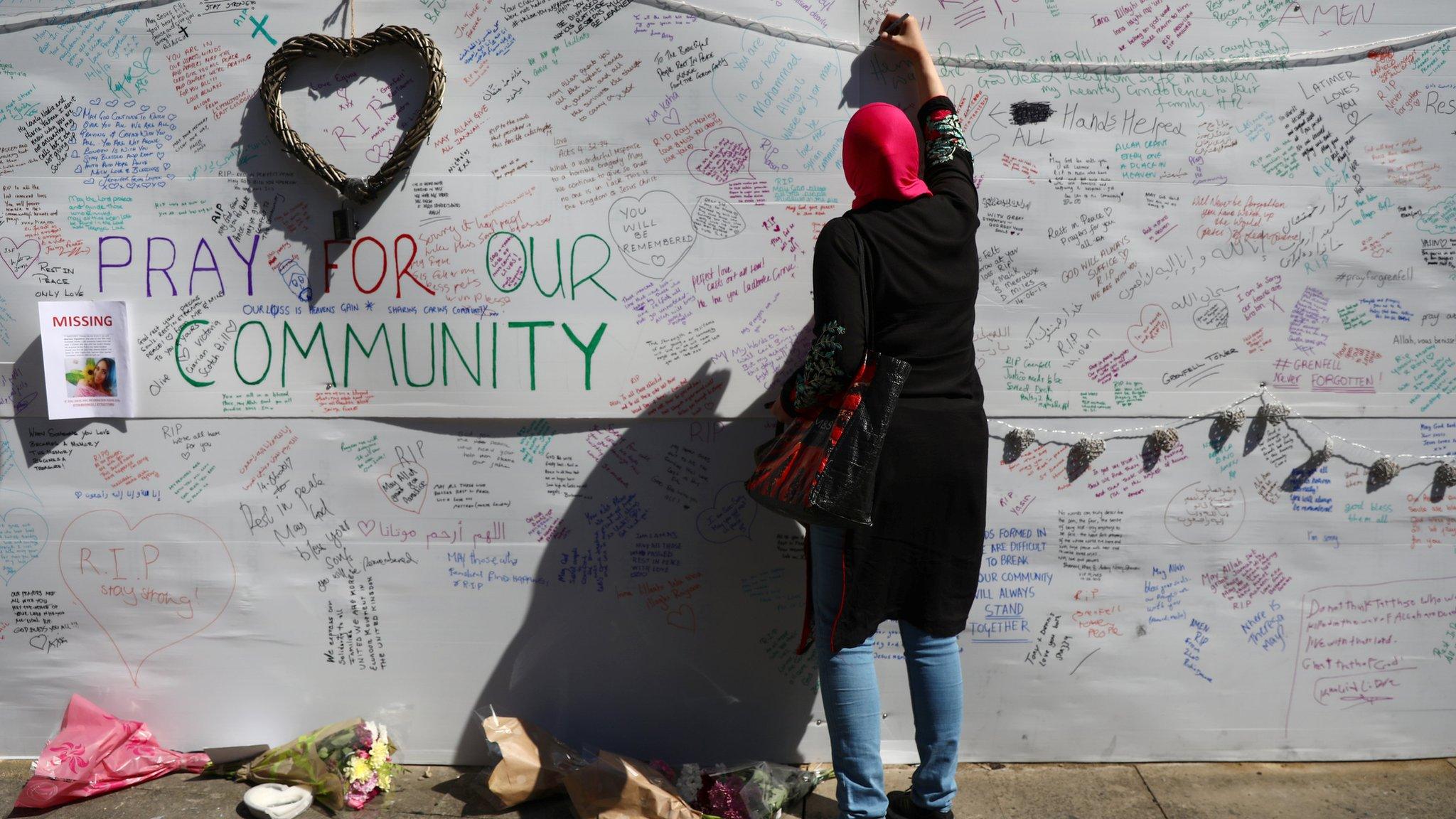
- Published30 May 2018
